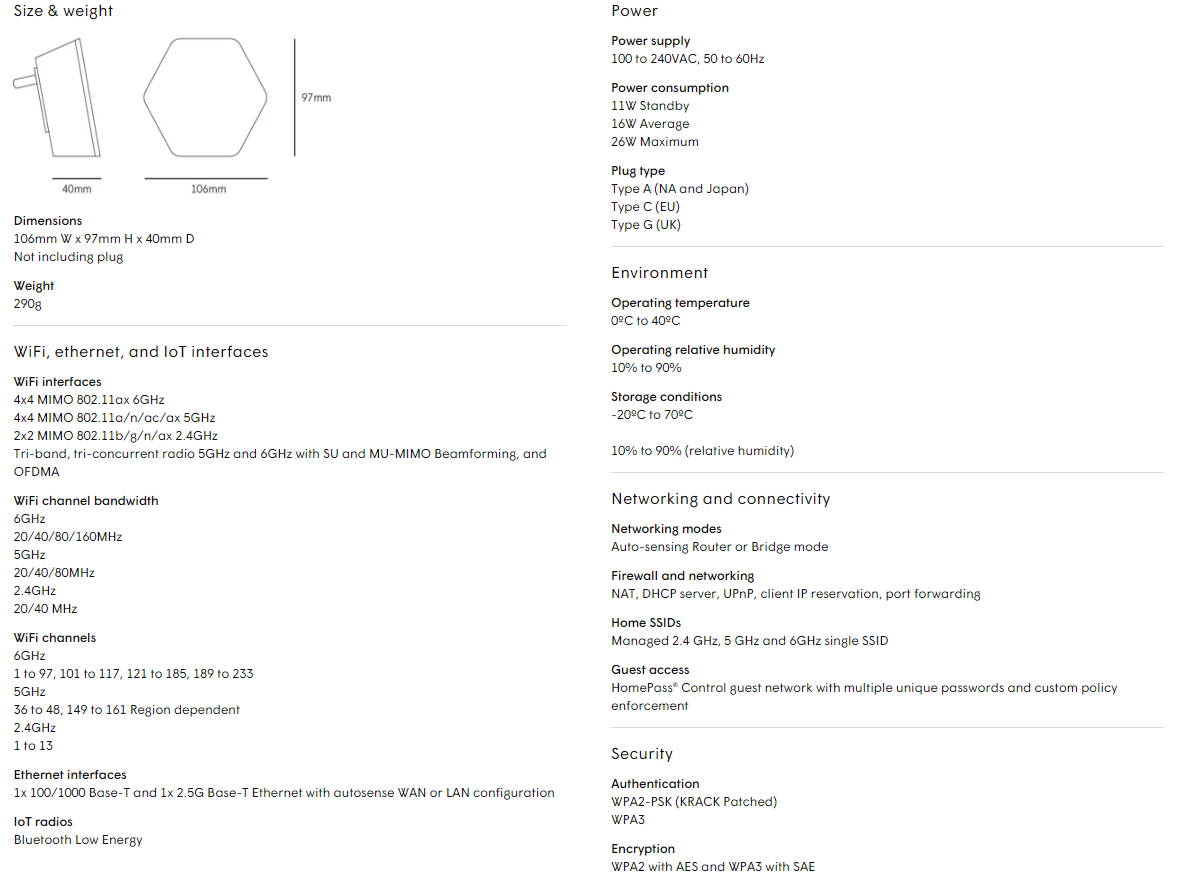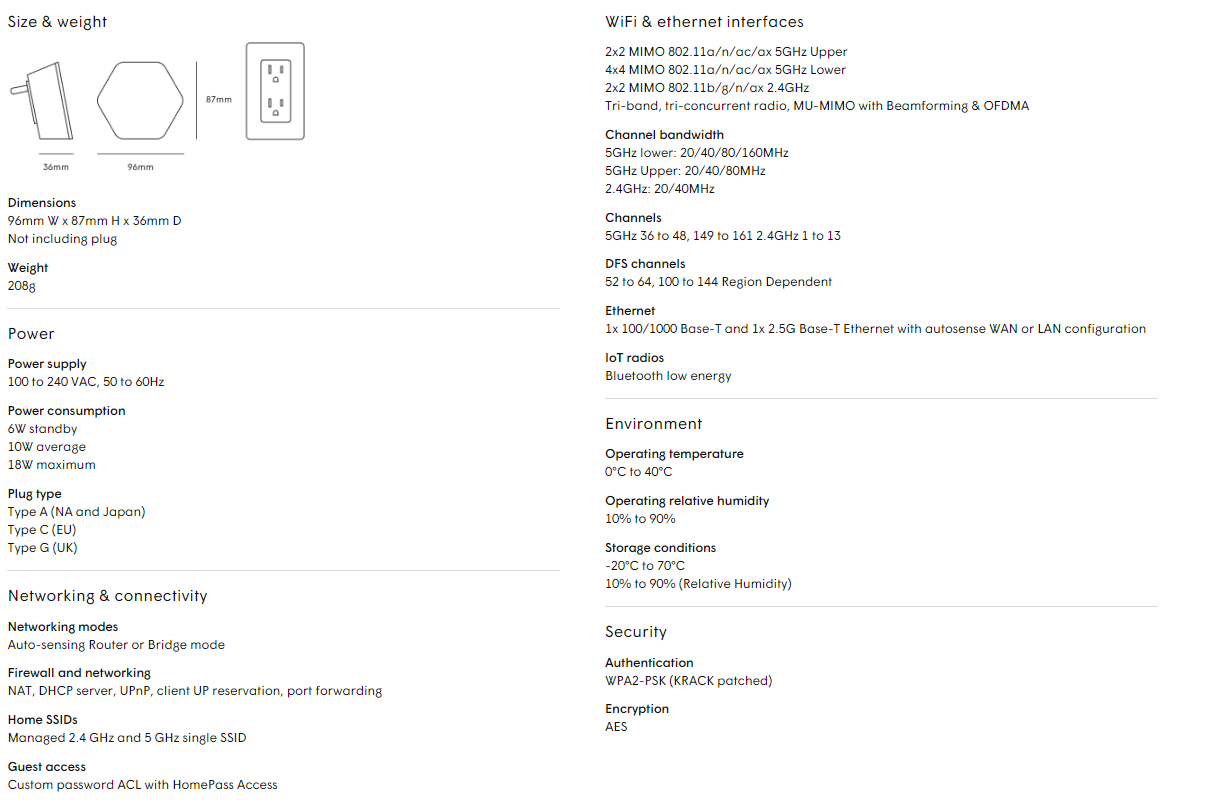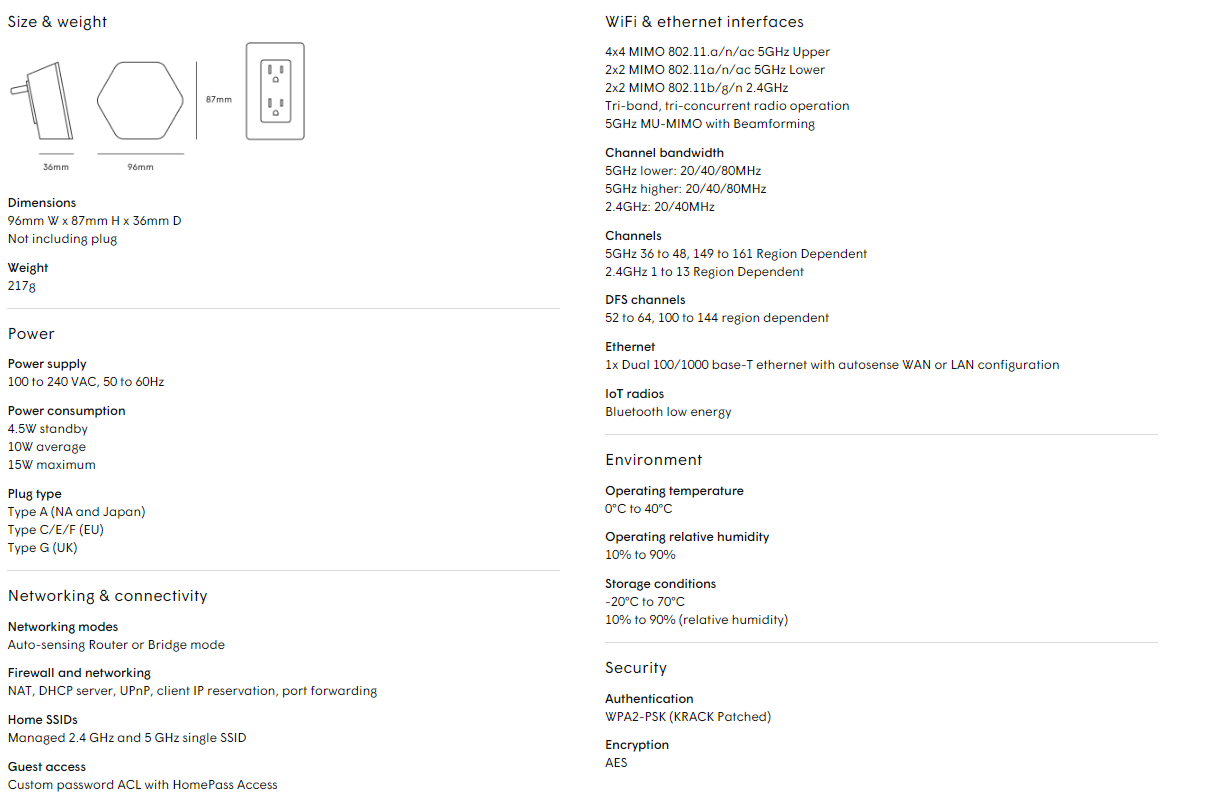You probably use your favorite search engine, such as Google or Bing, to find more information about topics that interest you. Have you ever stopped to think about how the top search results earned their spots? Unfortunately, cybercriminals can use search engine results to launch cyberattacks.
When you search, you probably plan to click a link to a relevant website. If you’re not careful, you could visit a malicious website instead. Cybercriminals can use search engine optimization, or SEO, to position their websites at the top of search results. With SEO, cybercriminals can get not only your clicks but also your sensitive information.
What Is SEO and How Does It Affect You?
SEO is the process of improving a website to rank higher in search results. High-ranked websites and pages receive more visibility, producing invaluable clicks and views. After all, when is the last time you actually made it to page two or three of your search results? If a website is behind two or three pages of search results, you probably won’t see it. Most people settle for an answer on page one, even if that answer comes from an unfamiliar source.
How Do Cybercriminals Use SEO to Target You in Search Results?
Cybercriminals use SEO to boost the ranking of their malicious websites, giving them the appearance of legitimacy. You may find the information you were looking for on the first page of your search results and click the link. To gain access to the full information, the website may prompt you to create an account, sign up for a mailing list, or enter other personal information. Even if these websites seem safe, your information could fall right into the cybercriminals’ hands.
Another way that cybercriminals use SEO in their attacks is by targeting high-ranking websites. Cybercriminals will work to get a foothold in established websites by targeting employees with cyberattacks, such as phishing emails. If an employee falls prey to a cyberattack and provides login credentials or other personal information, the cybercriminals can use that information to gain entry into the website. From there, cybercriminals can plant links that redirect visitors to their own malicious websites. You may click a link from a legitimate, high-ranking website and find yourself on a different website instead.
What Can I Do to Stay Safe?
You don’t need to stop using search engines, but you do need to stay vigilant. Follow the tips below to protect yourself and your organization from these types of scams:
- Always think before you click on a link to a website. Can you get the information you need without accessing the website, such as in the snippet preview text? If the website seems suspicious, is there a legitimate website you could visit instead?
- If you visit an unknown website, don’t enter sensitive information such as login credentials or personal data. Leave the website and attempt to find the information through secure, legitimate sources.
Check the URL you are visiting. Is the URL the same link you clicked on from the search results, or were you redirected to another page?
Stop, Look, and Think. Don’t be fooled.









